A Southeast Asian journey while uni is out. Part Six: Free the Bears
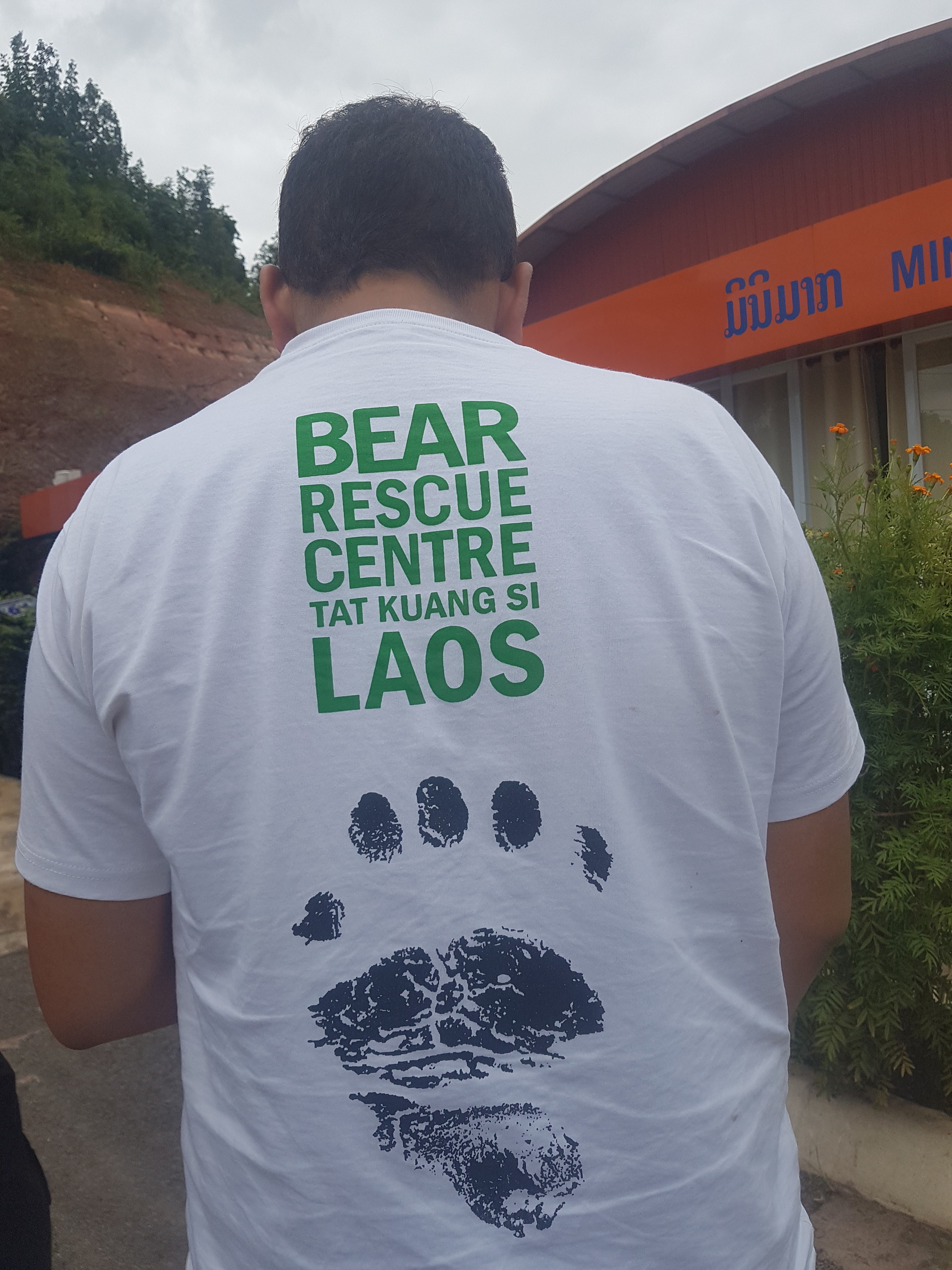
The expeditions we lead are designed to engage young people (15 to 17 year olds) in multiple aspects of adult life: planning, itinerary design, budgeting and an immersion in new cultures, places and ways of doing things. The treks show students that access to more rural regions is possible and challenges them physically and in some cases mentally too.
The final aspect is termed the Project Phase and this runs for 4 to 5 days. It may involve building work (building new classroom blocks), digging work (digging pit latrines closer to the huts of the old and feeble in impoverished townships), painting (academic murals in schools), or planting (trees in areas that need them).
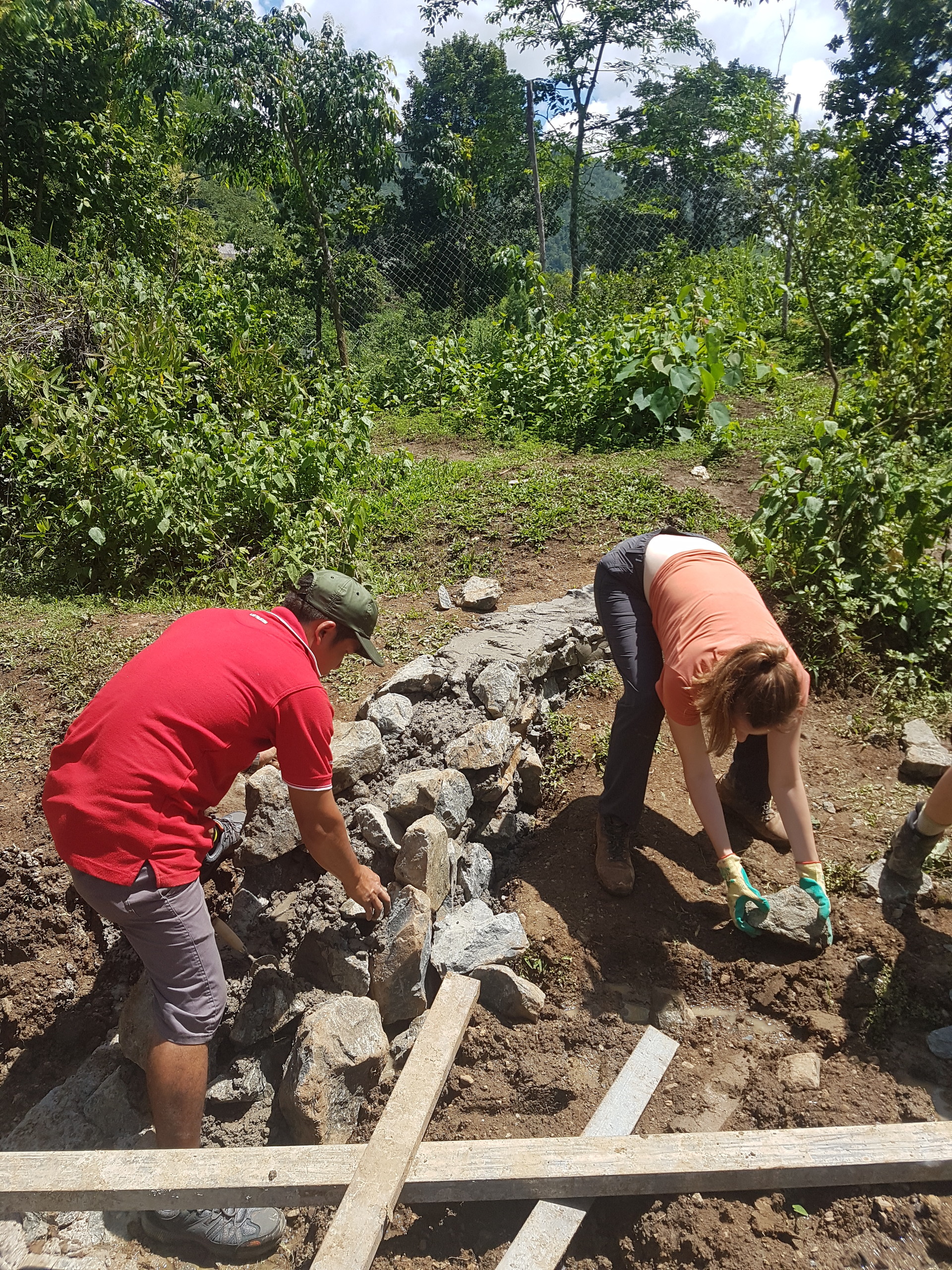
Our project was with Free the Bears Laos. Kuang Si is the original bear site. This site began in 2003 for 25 bears it lies 40 minutes outside Luang Prabang. We were working at their new site called the Luang Prabang Wildlife Sanctuary.

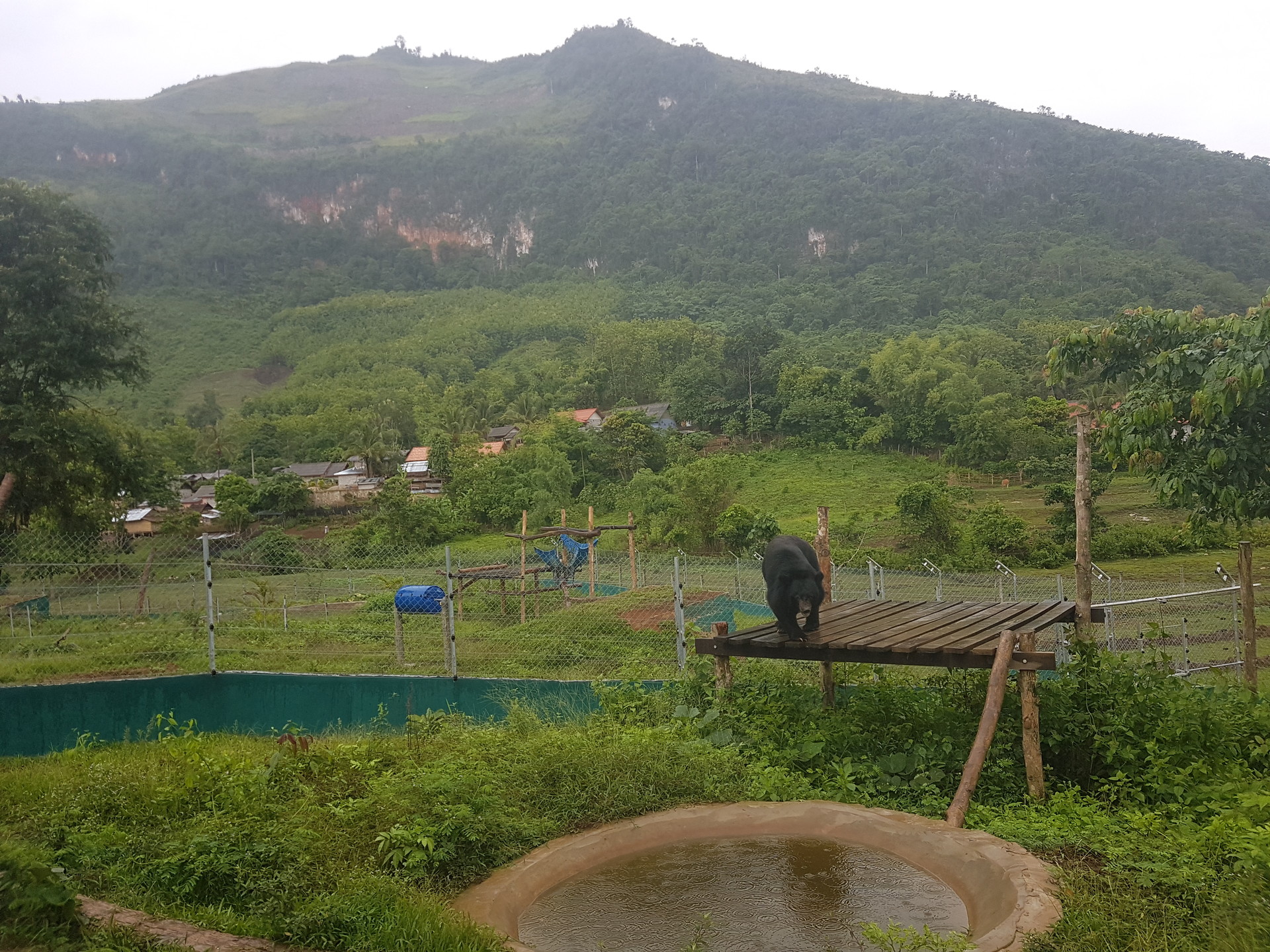
This was opened on land purchased with donations and then gifted to the Laos government, on the understanding that the Laos government would work hand-in-hand with Free the Bears on putting a stop to the bile farming But the local government had it own conditions: Free the Bears must run a multi species sanctuary - minus elephants and tigers.
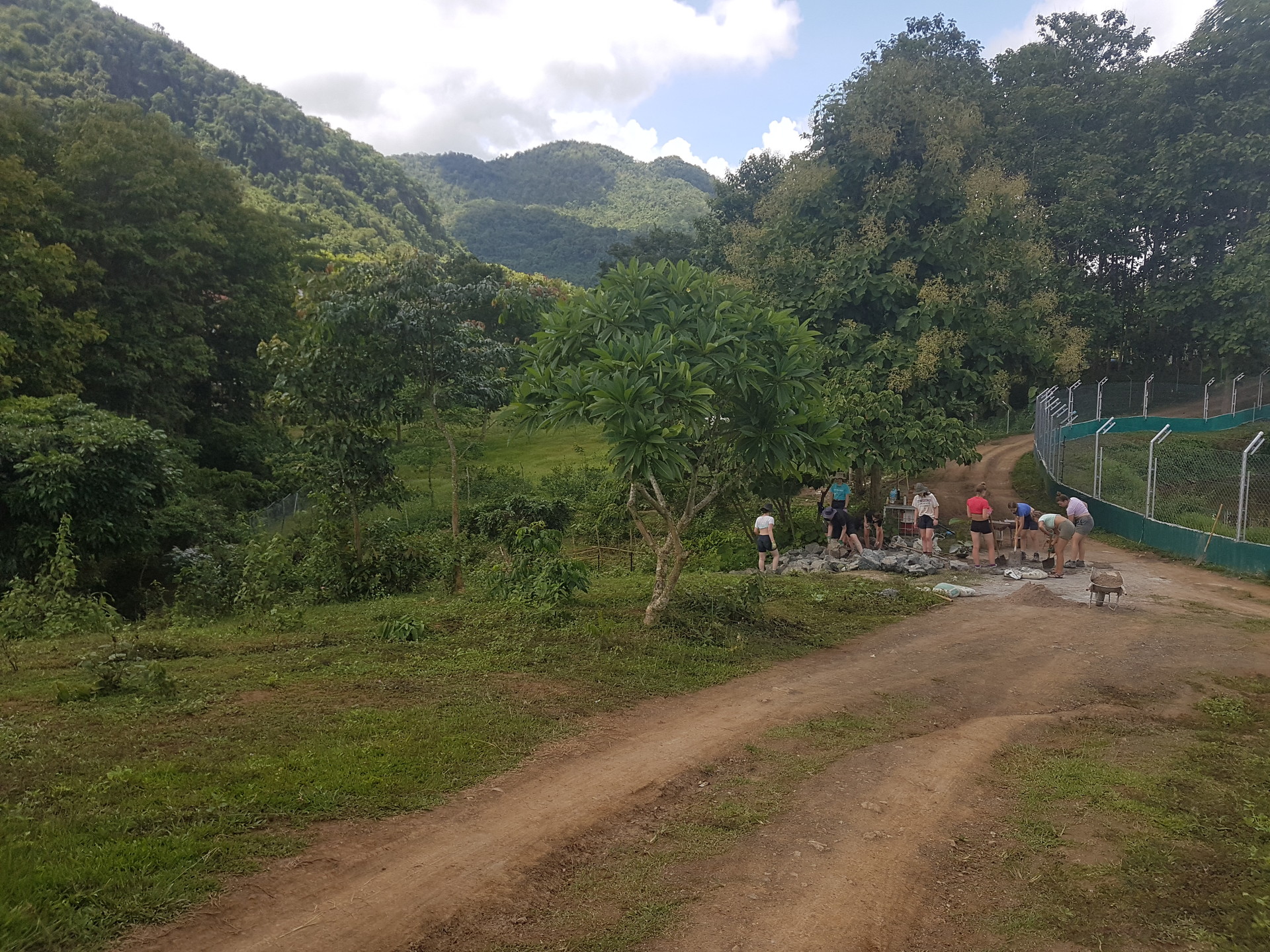
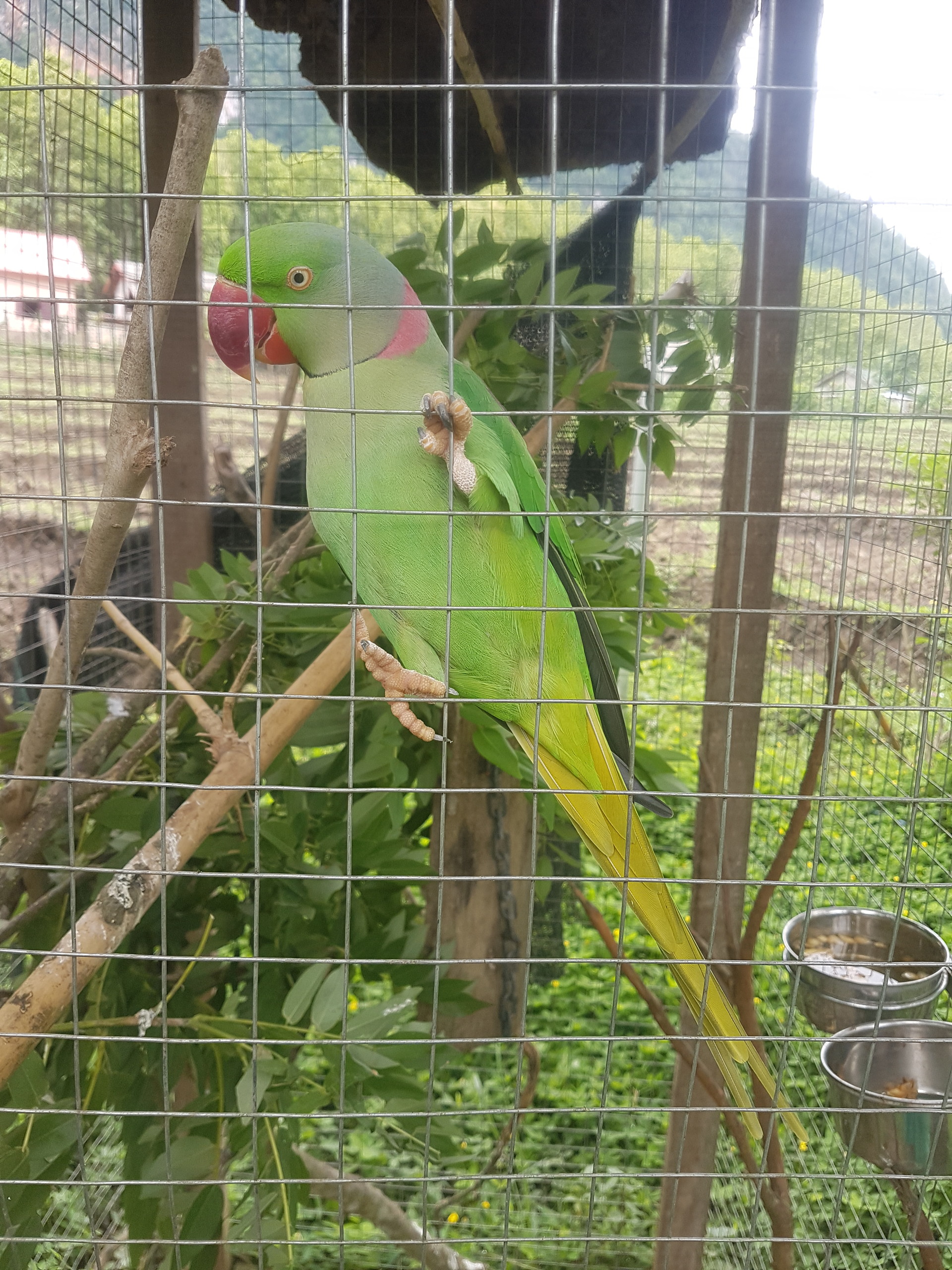
The sanctuary is now home to 16 species and counting, from moon and sun bears, to leopard cats and an eagle, several species of macaques, two slow loris, red pandas, civets, and a parrot.
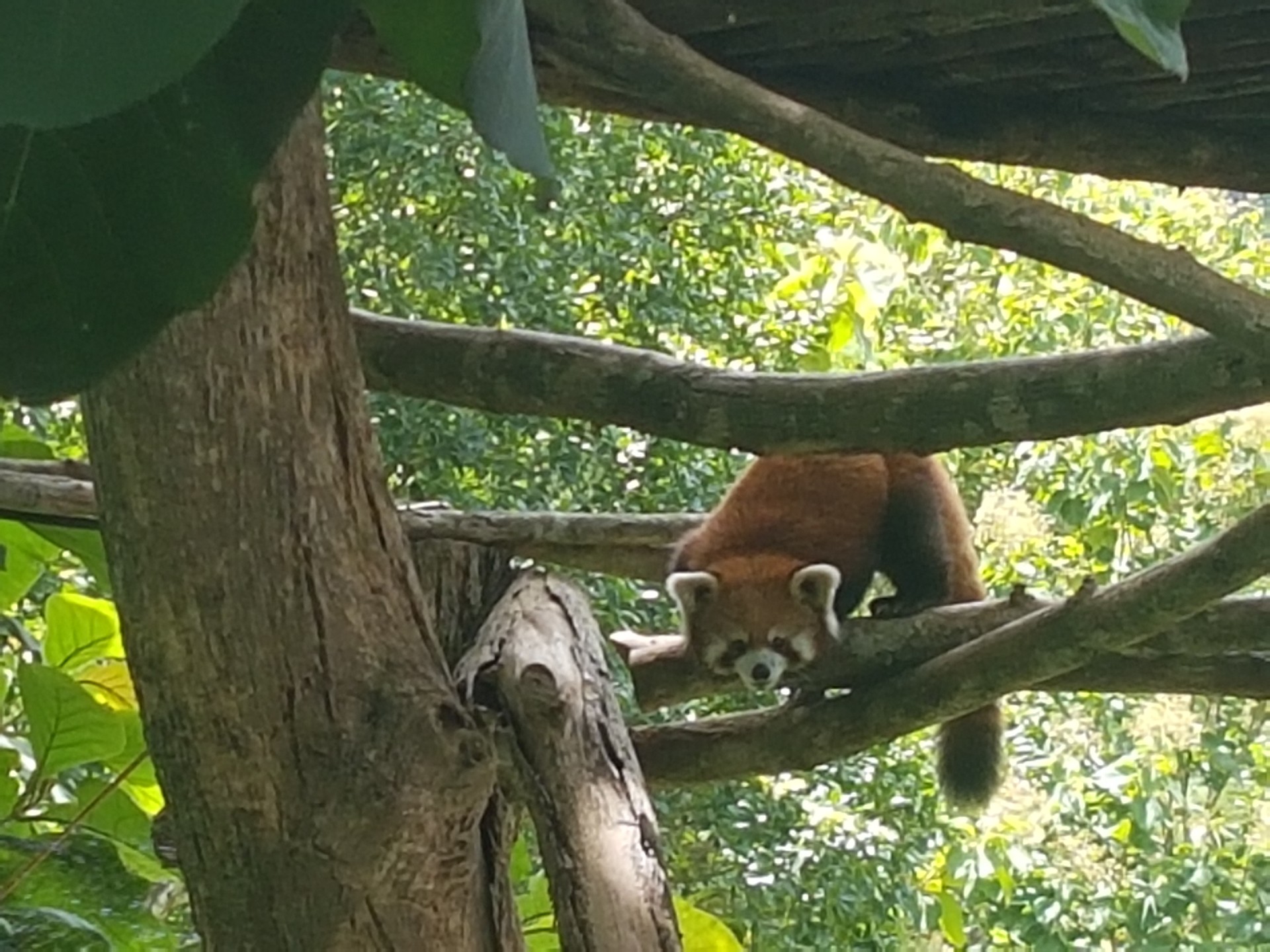

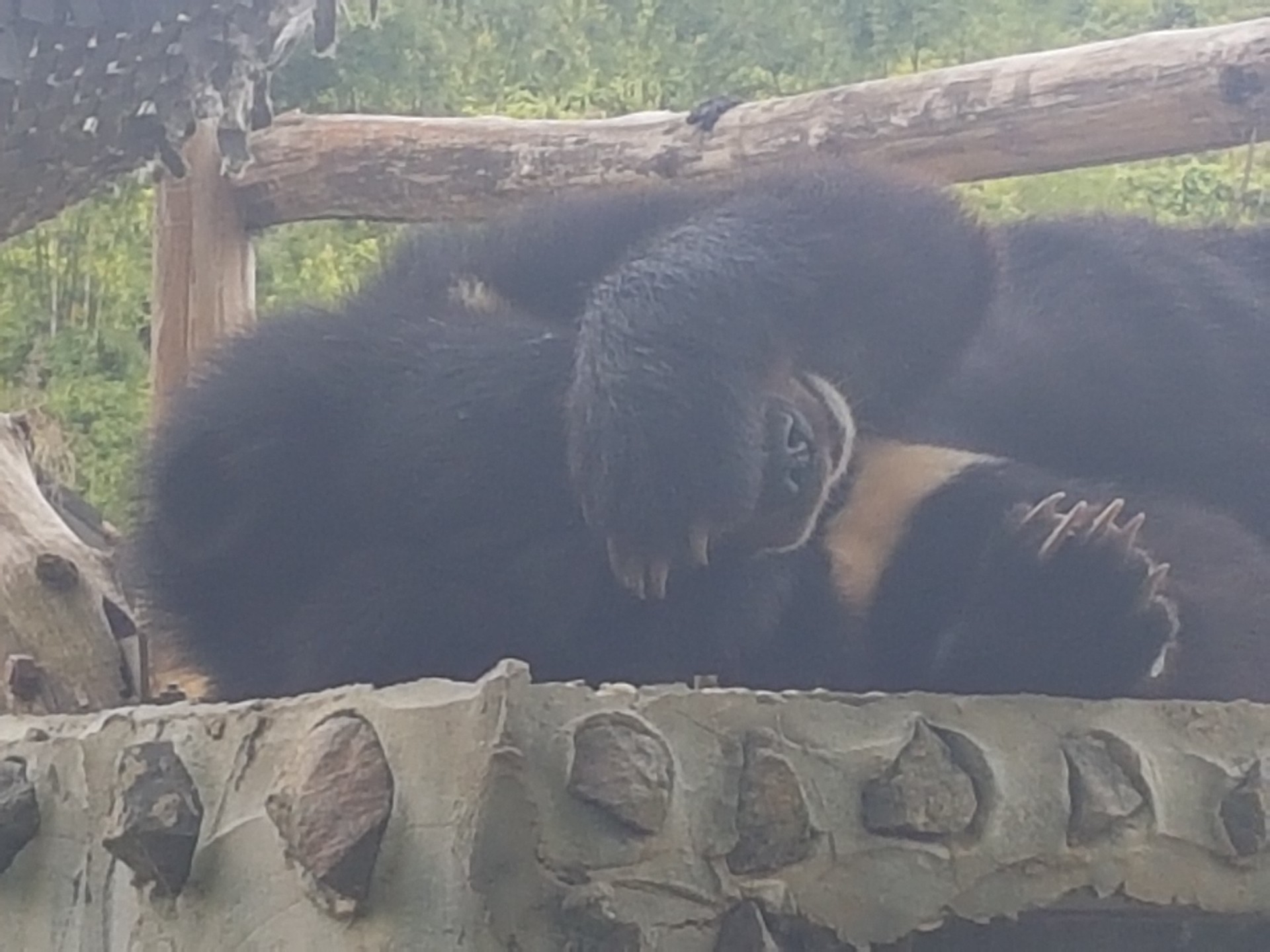
They are building a pangolin enclosure, more bear pens, and the part we were involved in, the dam wall for the otter enclosure.
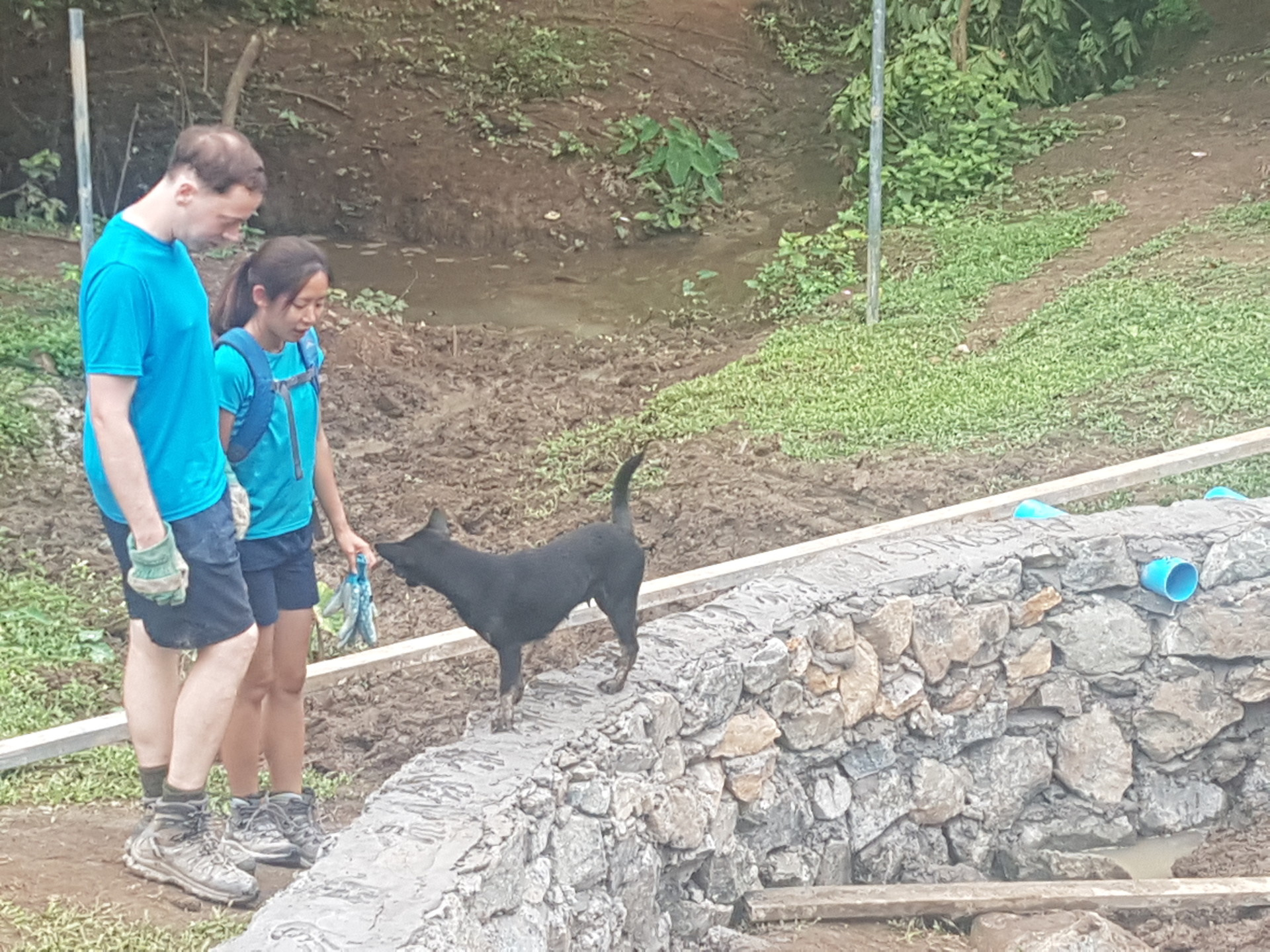
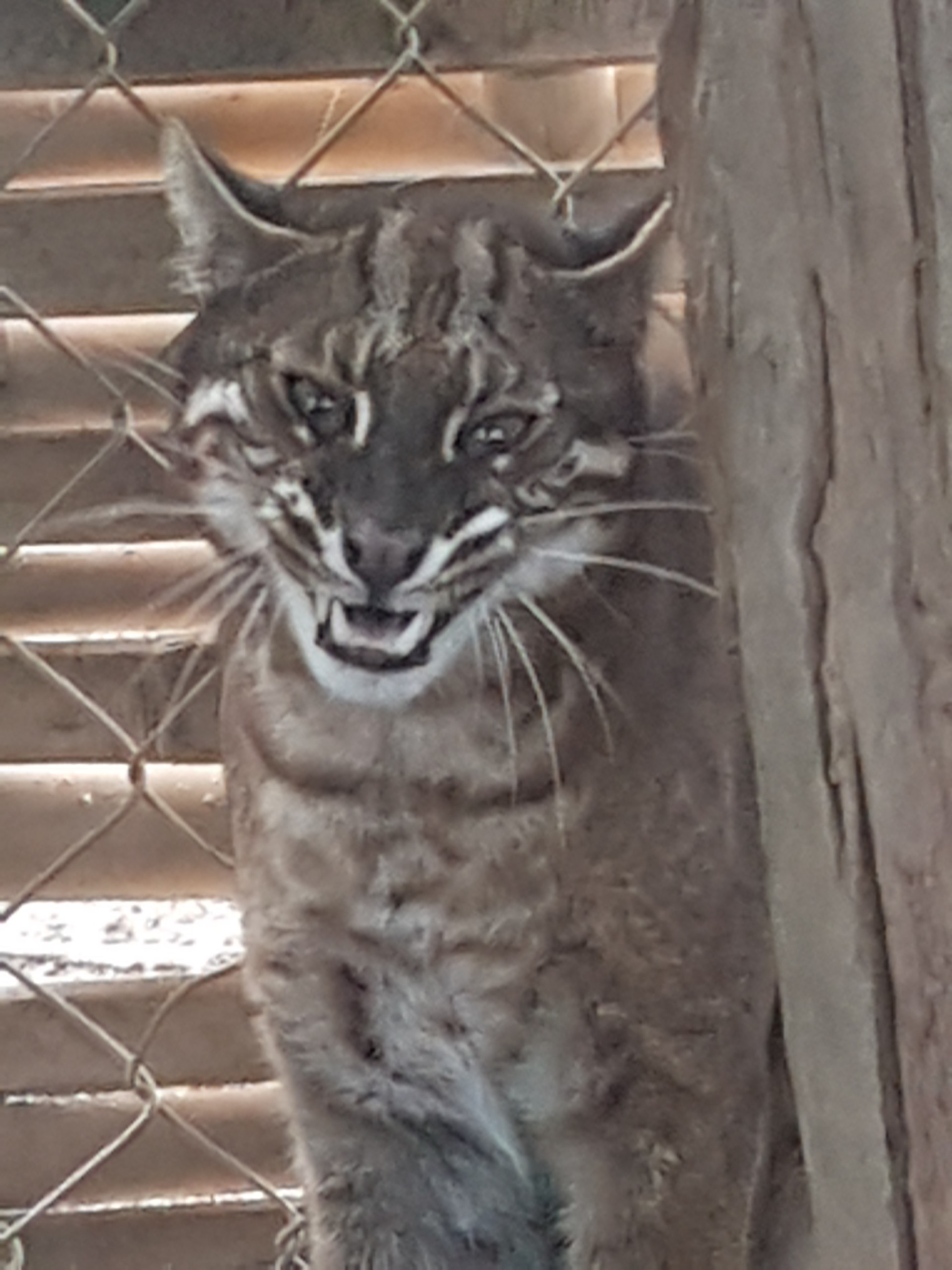
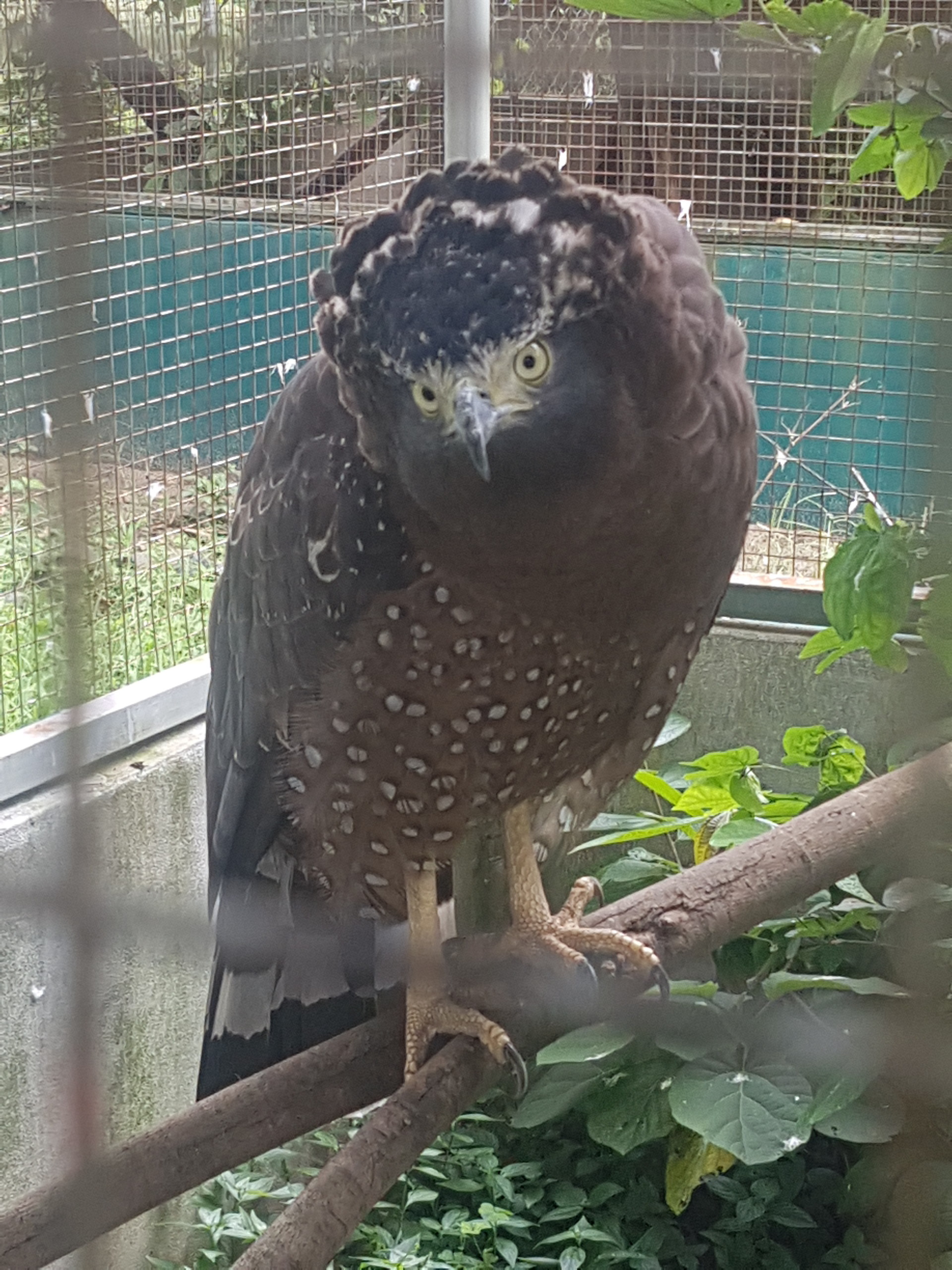
Our students also helped erect a long stretch of perimeter fence, an ongoing project that has proved a necessity after two bear cubs were stolen from an enclosure some months ago.
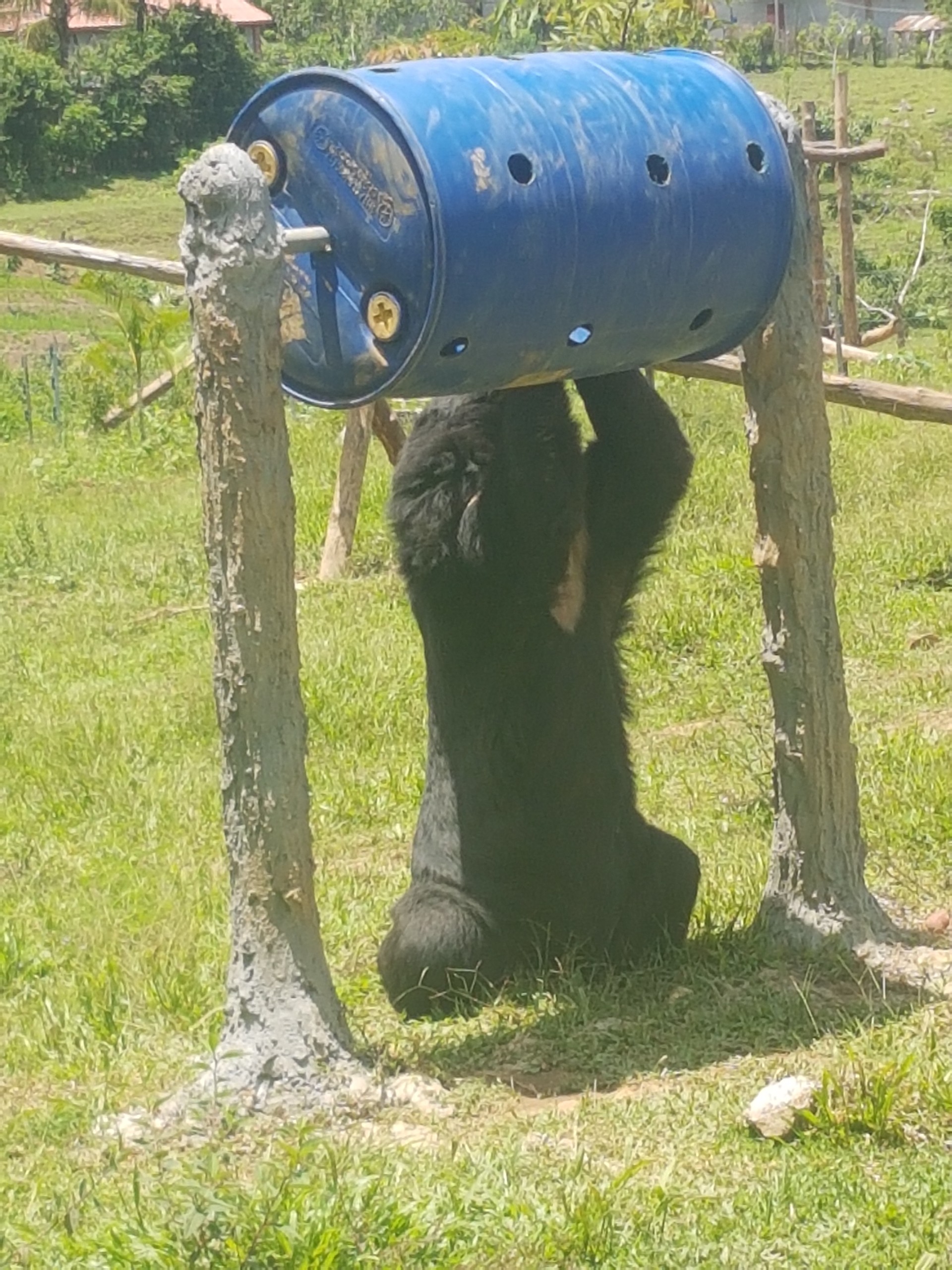
The enrichment program ensures that the bears do not get handed food on a platter but are forced to search for it in barrels with holes in them, on high platforms they must climb up to and coconuts to rip open. Our students helped the keepers each day to hide the pumpkin, bananas, pineapples, protein pellets and butternut.
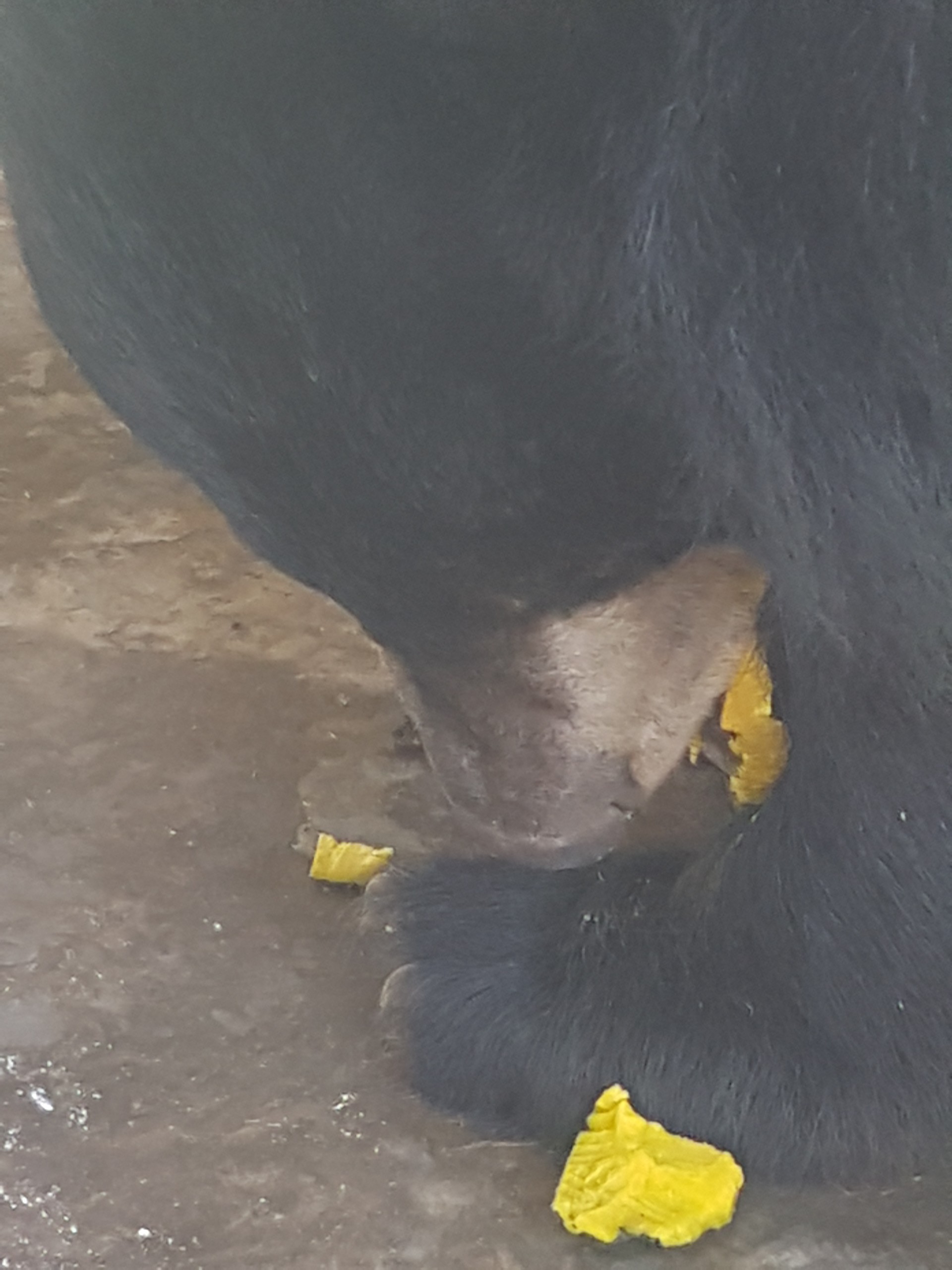
Sancturies, and especially bear sanctuaries, are tricky places as not all the animals here have hope of a wild re-introduction. Two of the leopard cats will be reintroduced into a preserved and patrolled patch of forest, the eagle is due to begin flight training and the civets may also go back to the forest, but the three remaining red pandas found cramped in a crate of six are stuck outside their home country of China with no bureaucratically identifiable way back across the border.

And the bears, well that is a whole different story.
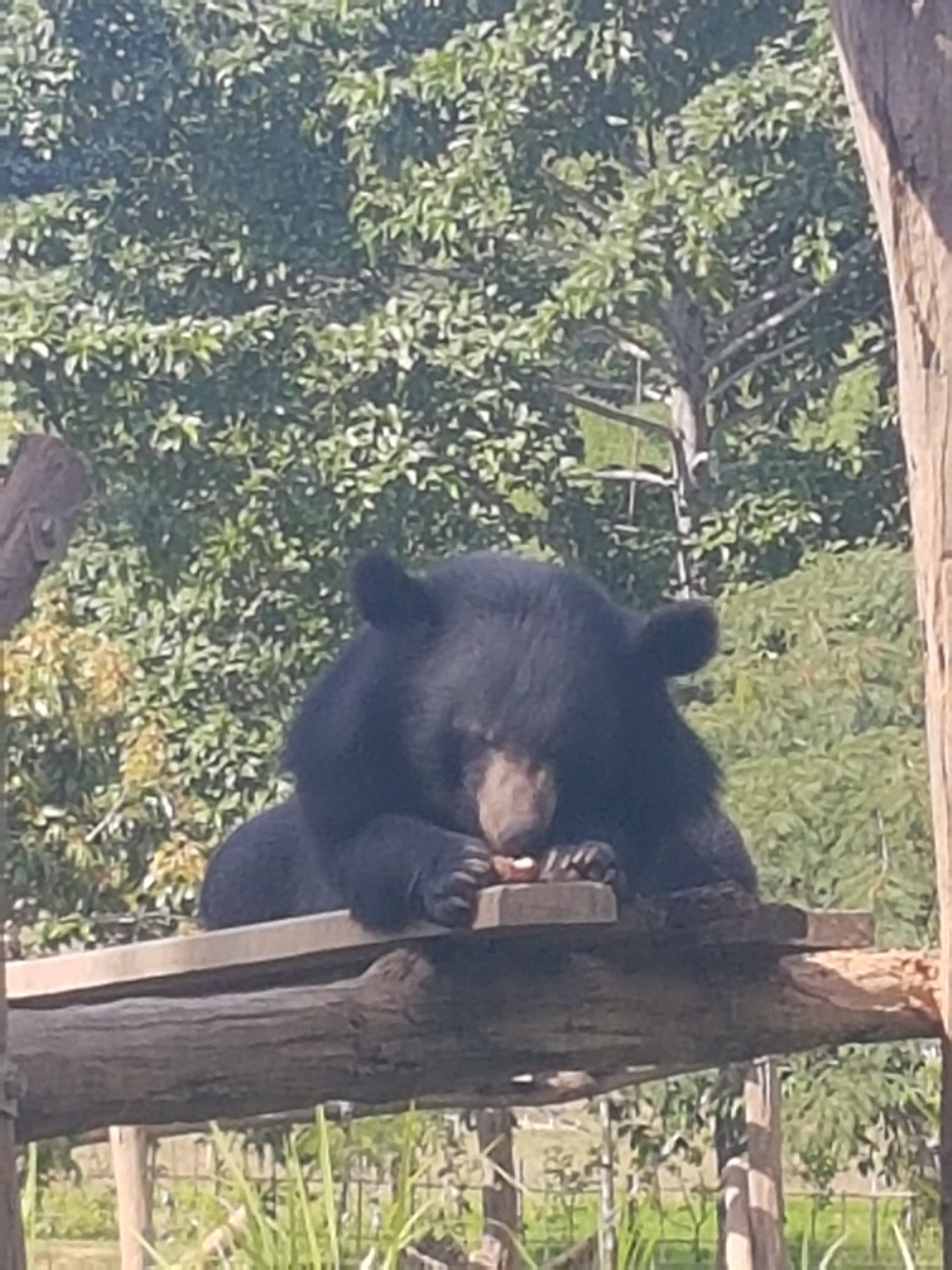
Bears for Bile.
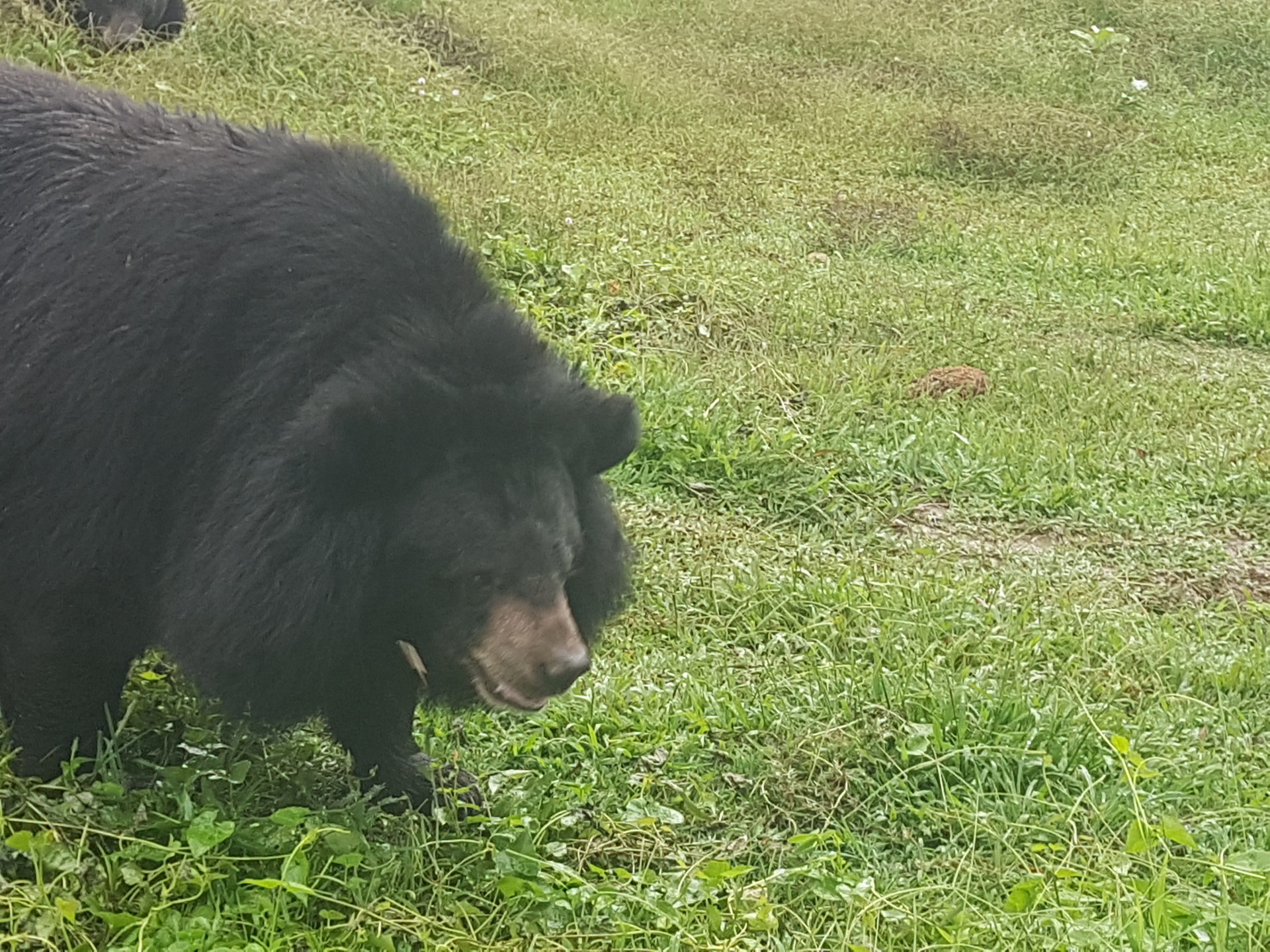
If it's not bear paw soup being served to Chinese customers who see it as a delicacy, then bears are doomed to dreadful lives of cramped captivity, their bodies generating the bile that is so revered in traditional Chinese medicine.
Up in the special economic zone (SEZ) operated under Chinese law and using the Chinese currency, there are estimated to be 120 bears that have all had surgeries that enable bile to be harvested. Most bears kept in these conditions live only 8 to 9 years of their potential 30. I'm not going to describe the horrific conditions here but I will insert the first image grid that comes up when you do a Google image search under bear bile farming.
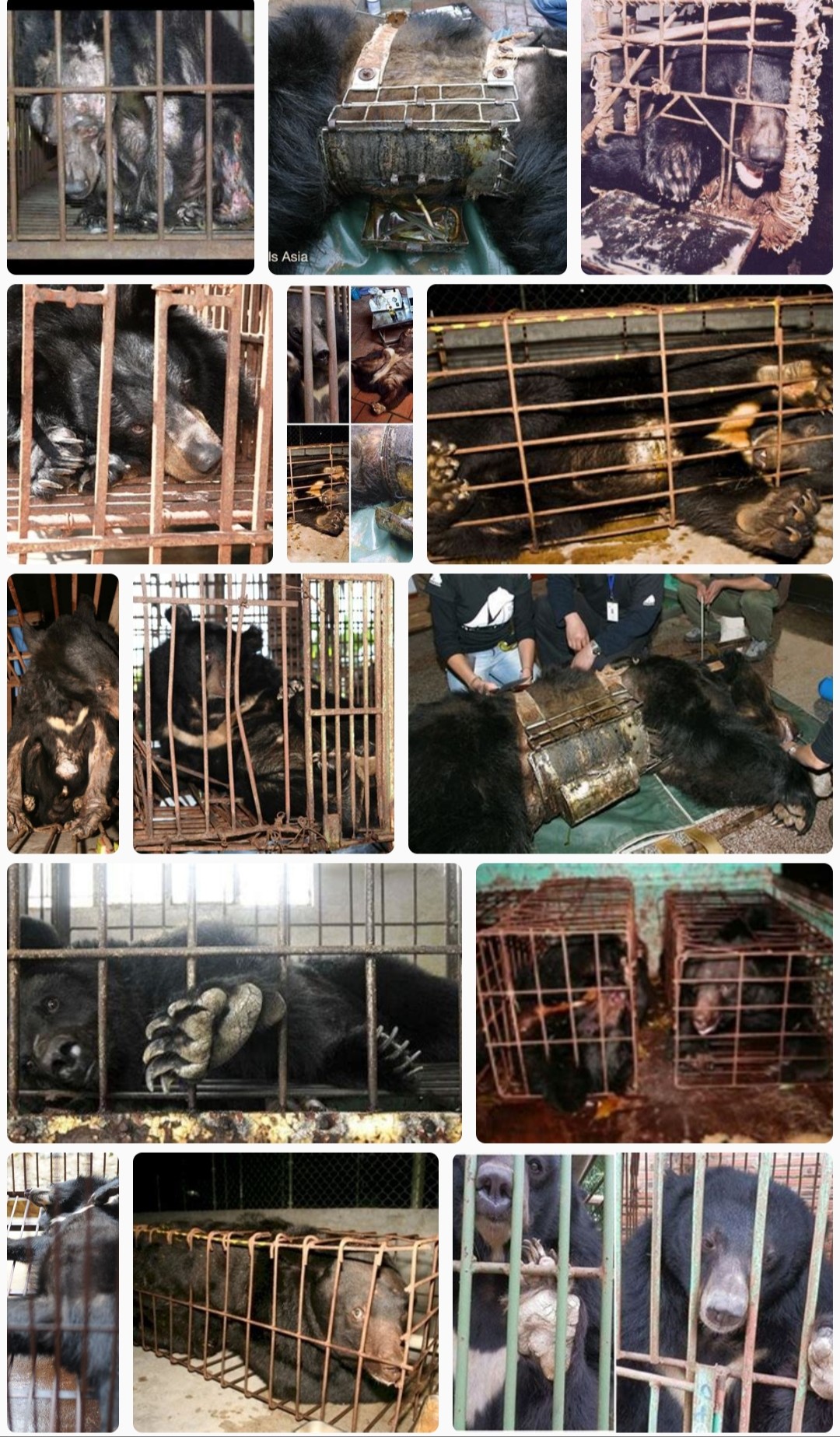
Source: Google image search 'bear bile farming.
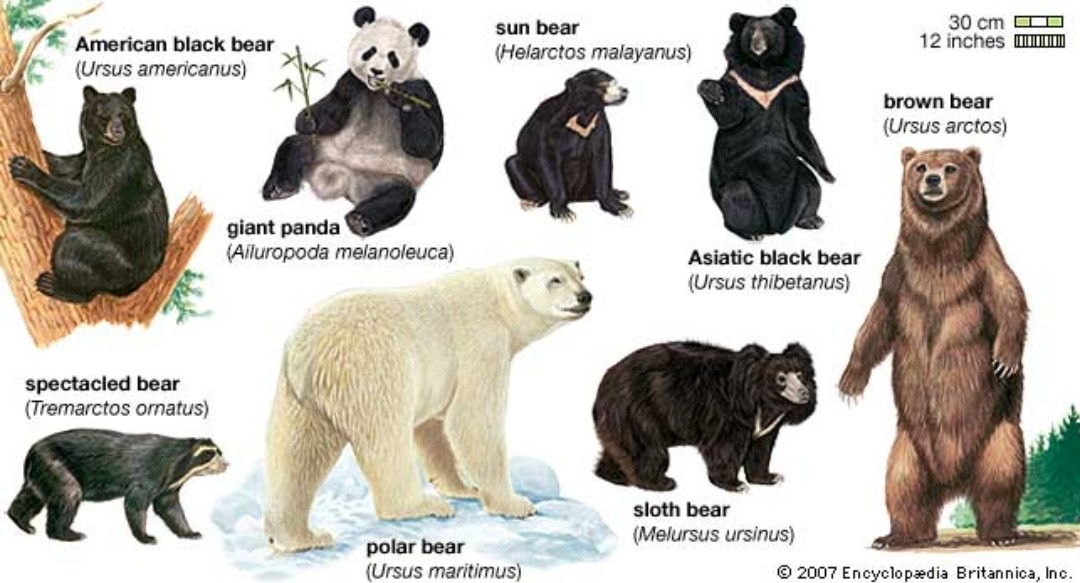
Source: www.kids.britannica.com
Animals Asia and Save the Bears are charities that are working to give all bile bears the chance for a dignified and semi-wild future. Free the bears works in Vietnam, Cambodia and Laos. They have large pens, balanced feeding regimes, mind and body enrichment programs and medical care. In the wild, the moon and sun bears are solitary but here in their two Laos sanctuaries the bears are grouped together by age cohorts and sex. As most were captured in the wild as cubs, they do not know how to forage, are used to human proximity and therefore cope well in these necessary peer groups.
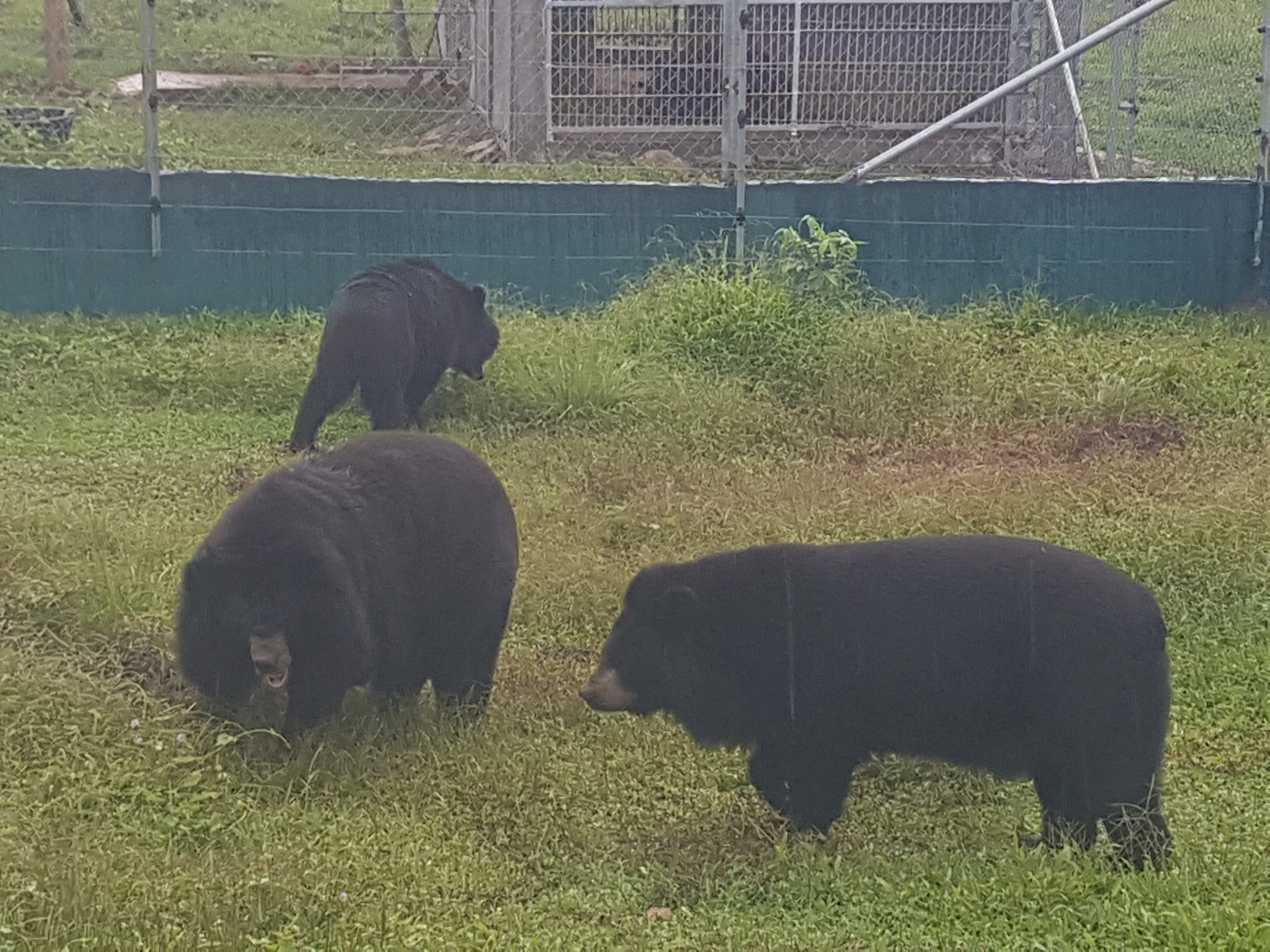
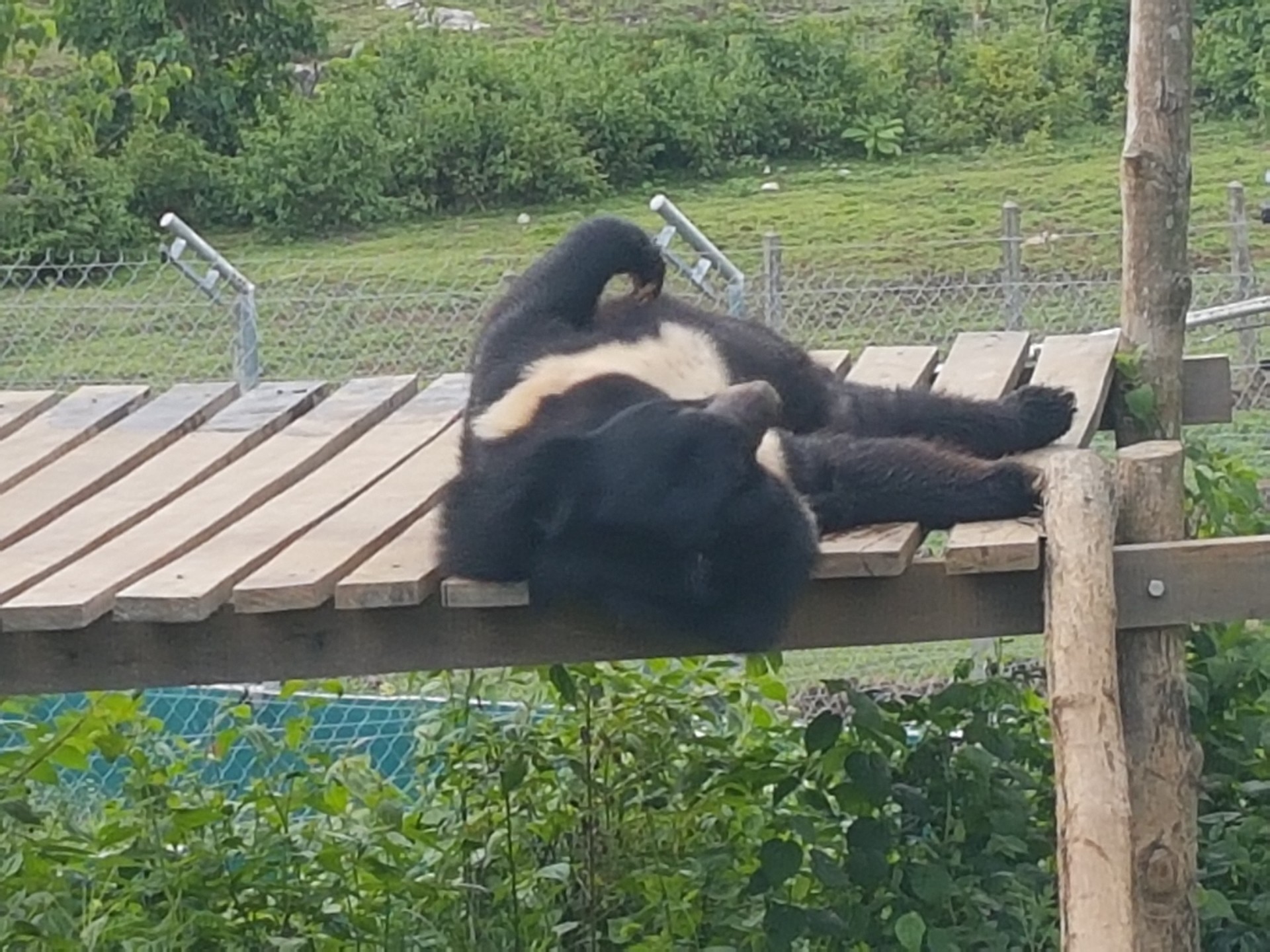
The is no chance for any of these bears to ever be re-released into the wild in the current world that we live in. This has been evidenced by the release of two young bears into a protected forest in Cambodia that is heavily patrolled by well equipped and paid rangers and snare swept each week. All indicators suggested the bears would be fine and yet, two weeks later, one was caught in a snare.
The chances are high that bears will soon be totally extinct as a wild species in SE Asia, habitat fragmentation cementing that fact.
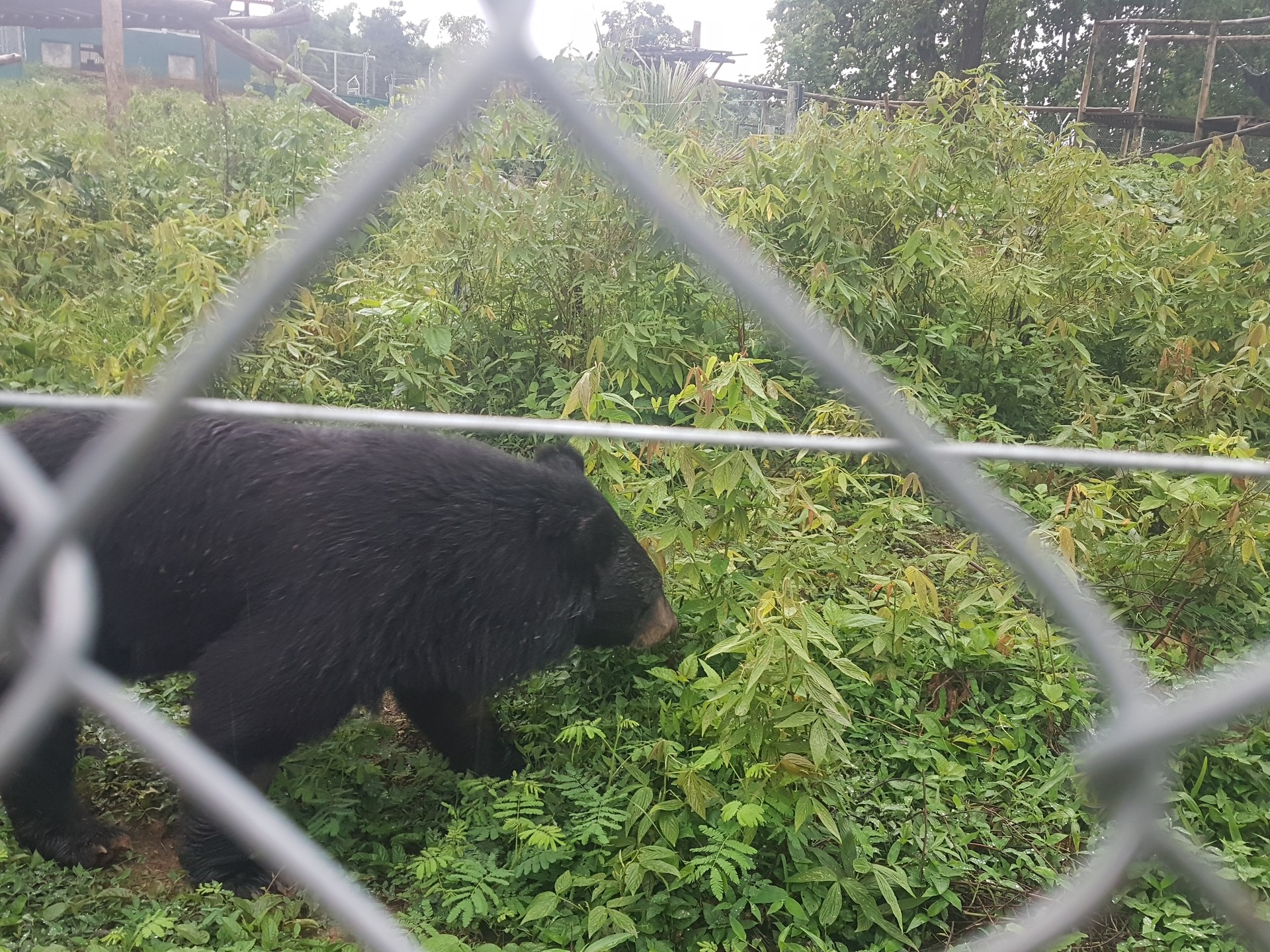
The bears are behind bars for life.
Tips for Erasmus students:
- There are so many potential careers in conservation that are often not thought of. If you are an engineer, law student, vet, architect or project manager, have a think how you could put your skills to use in the conservation sector.
- An amazing listen is the Conservation Careers podcast ... you might get some big ideas. Try and invite some of these people to come speak at your university too.
- Free the Bears runs a life changing volunteer program at its Cambodia sanctuary and is looking to start something similar in Laos by the end of 2019.
- If you are looking to volunteer then consider using the website called Conservation Guide for advice on organisations that are actually making a difference in the conservation world.
Photo gallery
Want to have your own Erasmus blog?
If you are experiencing living abroad, you're an avid traveller or want to promote the city where you live... create your own blog and share your adventures!
I want to create my Erasmus blog! →


































Comments (0 comments)